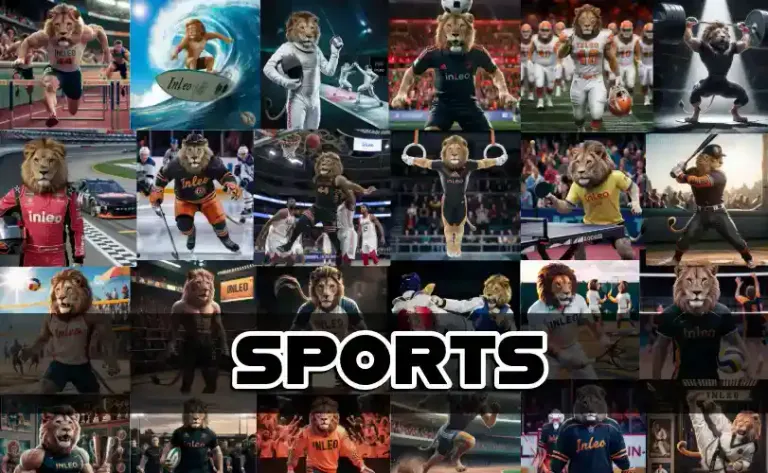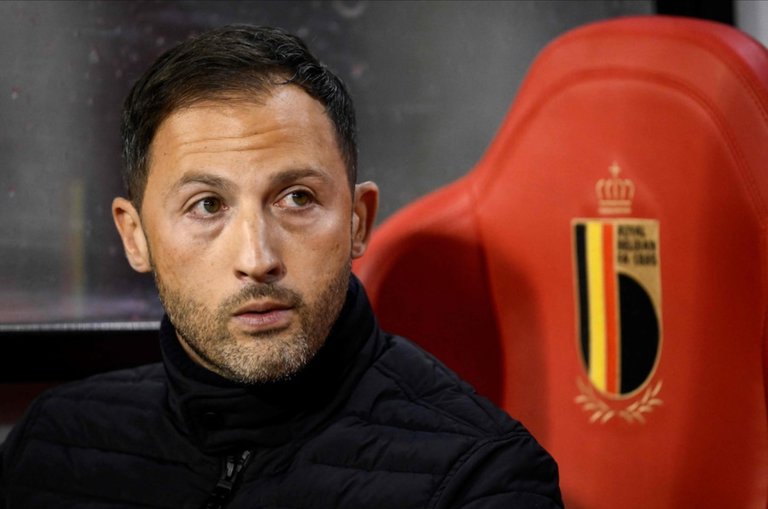Welcome to the daily sports #threadcast! Here we will discuss, follow and share all the news from the sporting world.
We want to make #inleo the premier destination for the #sports community by establishing the Leo platform as the hub for sports updates
Edition #179
January 8

Grêmio encaminha acerto com volante Cuéllar
O Grêmio encaminhou a contratação do volante Cuéllar, atualmente no Al-Shabab, da Arábia Saudita. Há um acerto com o colombiano de 32 anos para esta temporada.
#sports #gremio
Botafogo atrasa pagamentos de premiação por título e causa insatisfação no elenco; entenda
O Botafogo atrasou o pagamento do 13º salário, das férias e de premiações dos jogadores. Parte dos valores devidos foi paga no último sábado, mas o ge apurou que ainda há um saldo em aberto, e os atletas ainda não receberam a premiação pela conquista da Libertadores. A situação causou desconforto no elenco.
#sports #botafogo
Os valores de premiação também apresentam uma divergência em relação ao que foi acordado inicialmente, antes da conquista da Conmebol Libertadores e do Brasileiro. Conforme relatos de fontes próximas ao elenco, o Botafogo agora determinou outra quantia, o que desagradou aos jogadores.
Após a publicação inicial desta reportagem, a diretoria alvinegra procurou o ge, às 14h39, alegando que não houve alteração no valor. O mesmo funcionário do Botafogo declarou ter "documentado a política de bônus assinada pelos atletas e que foi seguido estritamente o que foi assinado no começo da temporada".
Para os atletas que deixaram o Botafogo, a promessa era de que o pagamento do bônus pela conquista da Libertadores fosse efetuado no fim de dezembro. O prazo foi adiado duas vezes, e a nova previsão é para o dia 17 de janeiro. Integrantes deste mesmo grupo também relatam atraso de direitos de imagem, luvas e FGTS.
Nos bastidores, a diretoria do Botafogo argumenta que o único atraso é no pagamento de premiações e garante que as demais questões estão em dia. O clube entende que a quitação das premiações está dentro de um prazo razoável de gestão de caixa. O Glorioso recebeu os valores devidos pelas conquistas no dia 27 de dezembro.
O Botafogo estreia na temporada 2025 neste sábado, 11 de janeiro, contra o Maricá, pelo Campeonato Carioca. O Glorioso terá um elenco alternativo, comandado por Carlos Leiria. O grupo principal se apresenta no dia 14 de janeiro e terá como primeiro desafio o Fluminense, no dia 29.
♦️ You got 0.01 FELT for sharing high vibes on Hive.
📋♦️ FELT Info
i should probably let everyone know I'll be competing again in #Bodybuilding this year in March at a packed out stadium in Melbourne CBD
I wish you good luck and have a great competition.
Thank you
Well, i hope this is sustained.
Thank you, we will be here every day.
Eu quero saber do Pogba
Rapaz... Tá virando novela isso aí não?
Eu não aguento mais, AAAAAAAAAAAAAAAAA
Kkkk... O Flamengo agora que tá contratando um atacante desconhecido.
Mas eu acho que ele não vai pro Corinthians não. É muita grana para pagar salário todo mês.
Vai sim paizão, confia
Belgian FA is about to sack Domenico Tedesco due to bad results and terrible football (and bad people management!)

If you are in a bad phase, the tendency is to fall and be fired.
Hi, @coyotelation,
This post has been voted on by @darkcloaks because you are an active member of the Darkcloaks gaming community.
Get started with Darkcloaks today, and follow us on Inleo for the latest updates.
!summarize #sports
!summarize #sports
!summarize #sports
!summarize #sports
!summarize #sports
!summarize #sports
!summarize #sports
!summarize #sports
!summarize #sports
!summarize #sports
!summarize #sports
!summarize #sports
!summarize #sports
!summarize #sports
!summarize #sports
!summarize #sports
!summarize #sports
!summarize #sports
!summarize #sports
!summarize #sports
!summarize #sports
!summarize #sports
!summarize #sports
!summarize #sports
!summarize #sports
!summarize #sports
!summarize #sports
!summarize #sports
!summarize #sports
!summarize #sports
!summarize #sports
!summarize #sports
!summarize #sports
!summarize #sports
!summarize #sports
!summarize #sports
!summarize #sports
!summarize #sports
!summarize #sports
!summarize #sports
!summarize #sports
!summarize #sports
!summarize #sports